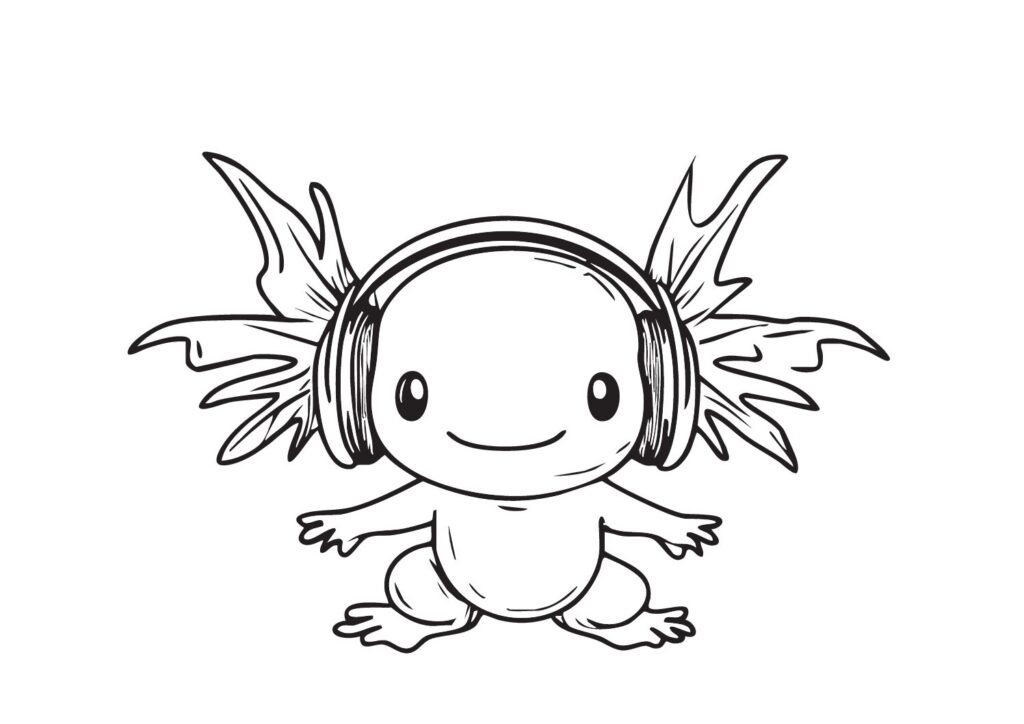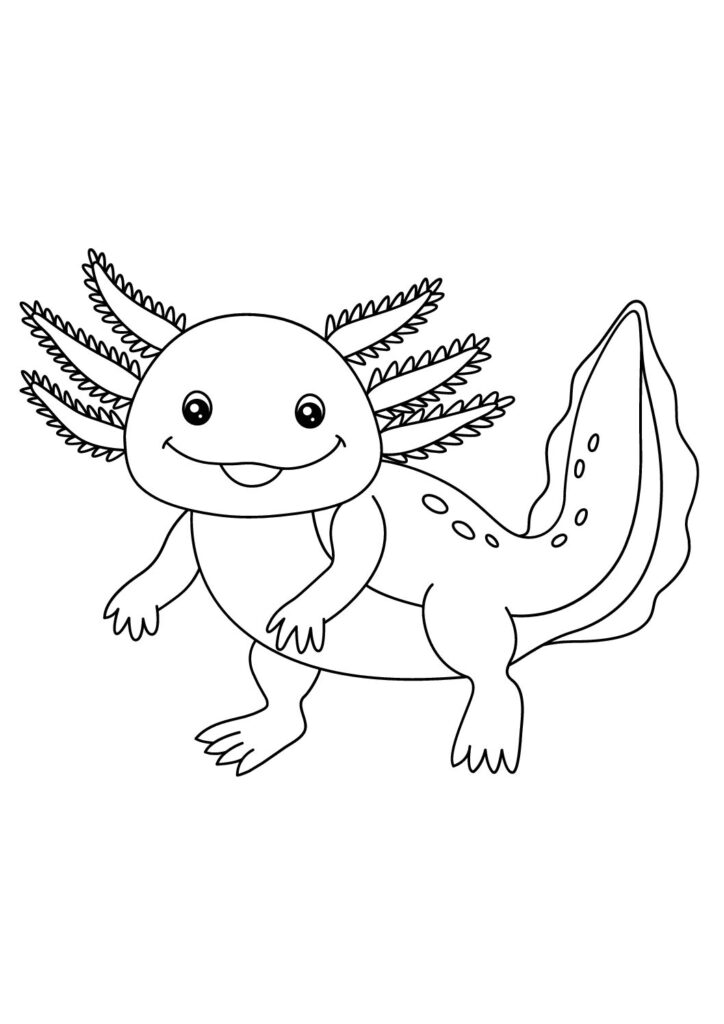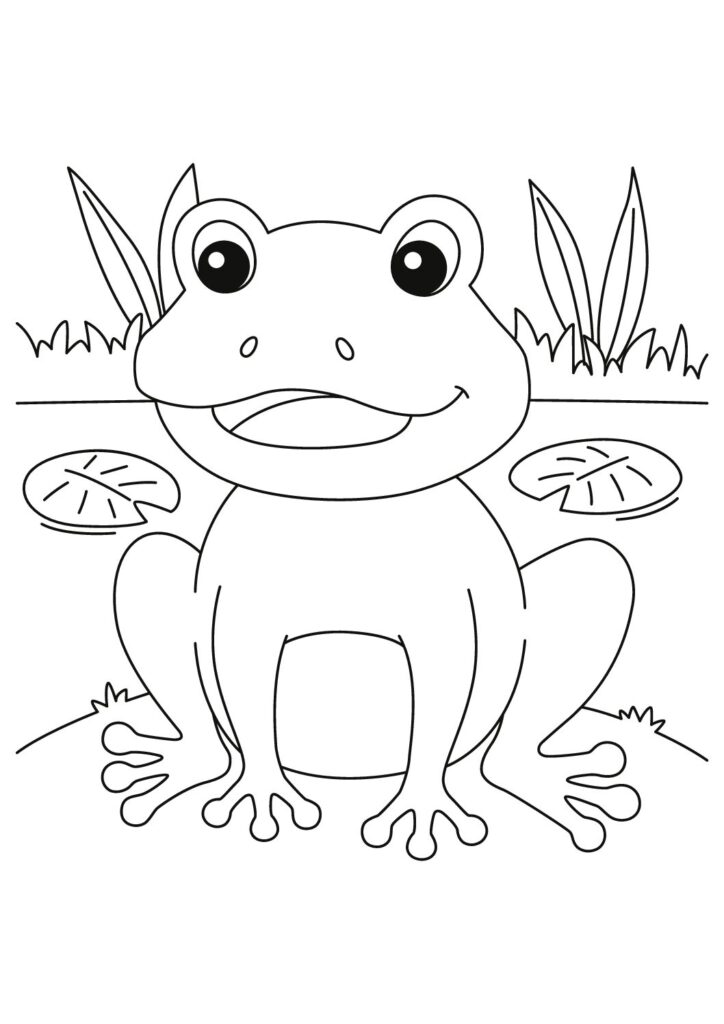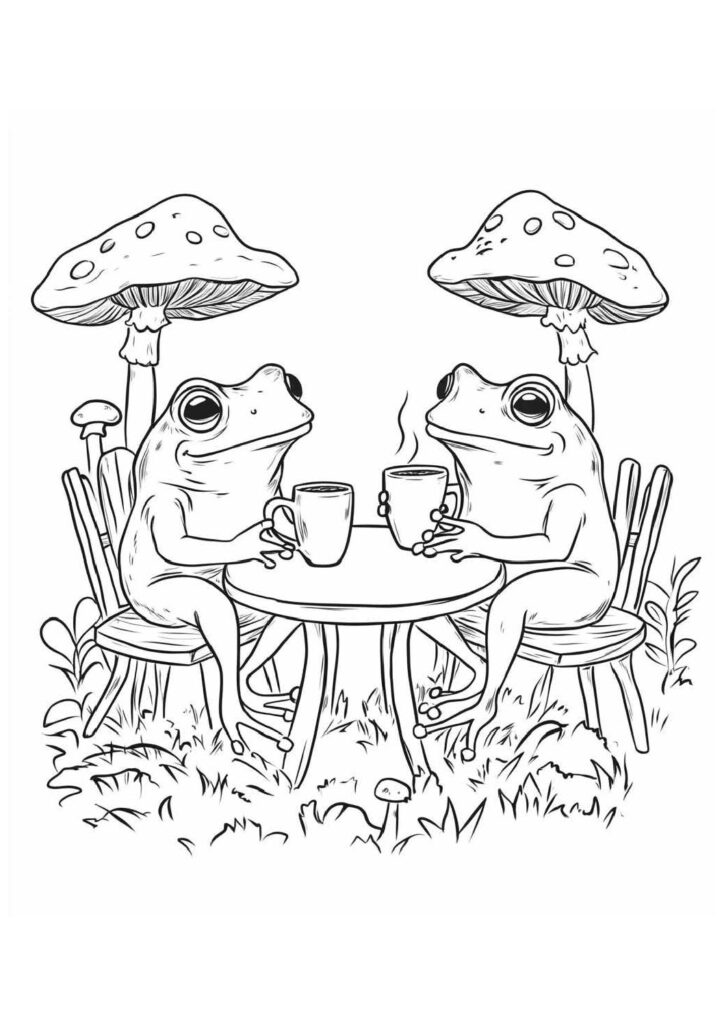Amphibian Coloring Pages

Explore our free printable collection of amphibian coloring pages featuring fascinating creatures from frogs and toads to salamanders and newts! Download these high-quality sheets showcasing popular species like the spotted salamander, fire-bellied newt, and colorful tree frogs in their natural pond and forest habitats. Perfect for kids and science enthusiasts, these detailed animal coloring pages capture the remarkable world of these unique creatures that live both in water and on land. Each printable sheet brings these amazing amphibians to life, highlighting their incredible transformations from tadpoles to adults!
Fascinating Amphibian Facts: The Complete Guide to These Remarkable Creatures
Introduction
Amphibians represent over 8,000 species spanning three distinct orders: frogs and toads (Anura), salamanders and newts (Caudata), and the lesser-known caecilians (Gymnophiona). These remarkable creatures have thrived for over 350 million years, developing extraordinary adaptations that allow them to live dual lives between aquatic and terrestrial environments.
Extraordinary Adaptations
Poison dart frogs produce some of Earth’s most potent toxins, with the golden poison frog containing enough batrachotoxin to kill 10 adult humans. Their vibrant colors serve as aposematic warnings to predators, while indigenous Amazonian tribes historically utilized these toxins on hunting darts, giving these frogs their common name.
Remarkable Diversity
The axolotl salamander demonstrates neoteny, maintaining juvenile characteristics throughout its lifespan and never undergoing complete metamorphosis into a terrestrial adult. These remarkable creatures can regenerate entire limbs, portions of vital organs, and even parts of their brain, making them invaluable research subjects for regenerative medicine.
Environmental Indicators
Amphibians serve as crucial bioindicators due to their permeable skin that absorbs environmental contaminants, often showing population declines before other wildlife. Their presence or absence provides scientists with early warnings about ecosystem health, as their dual-environment lifecycle makes them particularly sensitive to changes in both aquatic and terrestrial habitats.
Conservation Challenges
Amphibians face unprecedented global declines, with over 40% of species threatened with extinction—the highest percentage of any vertebrate group. Chytrid fungus (Batrachochytrium dendrobatidis) represents one of their greatest threats, having caused dramatic population crashes and species extinctions worldwide by disrupting skin function and electrolyte balance.
Unique Life Cycles
The Surinam toad gives birth through holes in the female’s back, where eggs develop in specialized skin pouches until fully-formed toadlets emerge. Darwin’s frog males store developing eggs in their vocal sacs, providing a safe environment until tiny froglets hop directly from the father’s mouth, demonstrating remarkable parental care adaptations.
Ecological Importance
Amphibians serve as both predator and prey in food webs, controlling insect populations while providing essential nutrition for birds, mammals, and reptiles. A single adult frog can consume thousands of insects annually, including mosquitoes and agricultural pests, providing natural pest control worth billions in ecosystem services.



